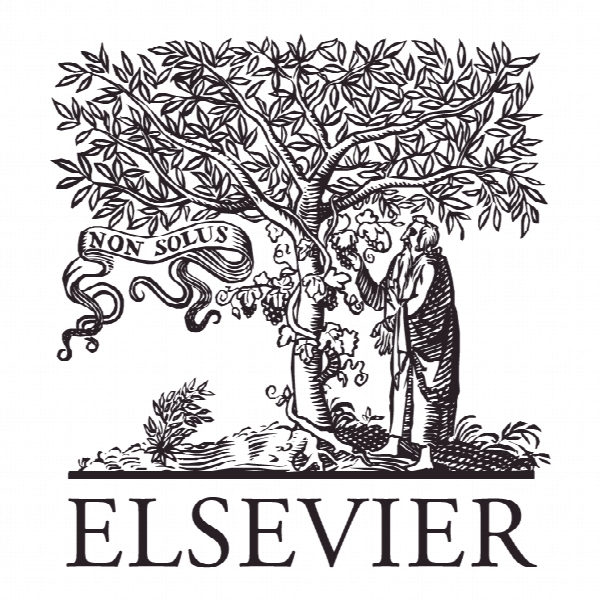مبارزه با پولشویی با تکنولوژی: مطالعه موردی بانک X در انگلستان Fighting money laundering with technology: A case study of Bank X in the UK
- نوع فایل : کتاب
- زبان : انگلیسی
- ناشر : Elsevier
- چاپ و سال / کشور: 2018
توضیحات
رشته های مرتبط اقتصاد
گرایش های مرتبط اقتصاد پولی، اقتصاد مالی
مجله سیستم های پشتیبانی تصمیم – Decision Support Systems
دانشگاه Centre for Systems Studies – Hull University Business School – UK
منتشر شده در نشریه الزویر
کلمات کلیدی پولشویی، نظریه سیستم، سیستم های مانیتورینگ تراکنش، پروفایل
گرایش های مرتبط اقتصاد پولی، اقتصاد مالی
مجله سیستم های پشتیبانی تصمیم – Decision Support Systems
دانشگاه Centre for Systems Studies – Hull University Business School – UK
منتشر شده در نشریه الزویر
کلمات کلیدی پولشویی، نظریه سیستم، سیستم های مانیتورینگ تراکنش، پروفایل
Description
1. Introduction Despite the critical role of technology in tackling money laundering (ML), this socially important phenomenon has been examined sparingly in Information Systems (IS) research [1, p.115], typically from technical perspectives that focus on algorithmic optimizations alone. By and large, these approaches have failed. While algorithmic optimizations remain important and technology is central to Anti-Money Laundering (AML) efforts [2], a richer nexus of intertwined human- and technology-generated decisions supports the identification of ML-behaviour. This paper is motivated by the desire to find a way forward in improving money laundering detection (true positive rates), exploring ML-detection challenges within a real organizational context and extracting evaluation metrics for AML that can assist the key decision makers. In an attempt to uncover what elements affect ML-profiling beyond algorithmic techniques, this paper explores these challenges in the richer context of a case study. This paper focuses on banks, which remain the main avenue for ML activity [3]. For example, in the UK, banks file more than 85% of potential ML-activity to the authorities by submitting Suspicious Activity Reports (SARs) [4]. By presenting an in-depth longitudinal case study of a UK bank in the interpretivist tradition [5,6], this paper follows the bank’s efforts to improve ML-detection. This research is based on two different but connected EU-funded projects spanning approximately 2.5 years in total (JAI/2004/AGIS/182 and SEC6-PR-205800). The case is enriched by data from other key project stakeholders (including asset recovery agencies, financial intelligence agencies, central banks, police, and other banks from the UK and abroad that were project partners).


